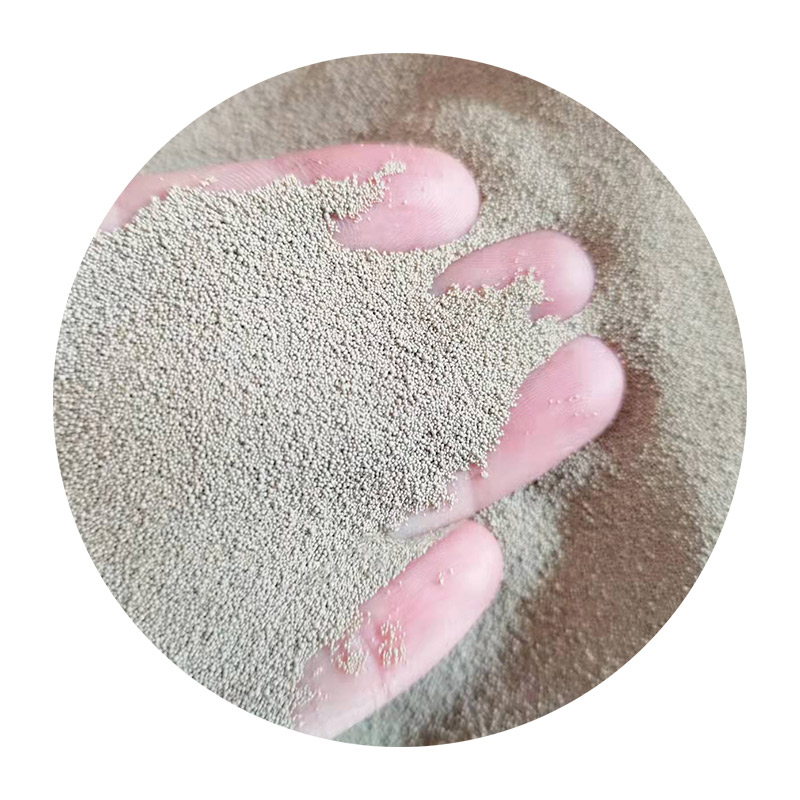The Allure of Sand and 3D Printing
In recent years, the field of technology has seen a significant transformation through the advent of 3D printing. Among the various materials used in additive manufacturing, sand has emerged as a remarkable option, capturing the attention of researchers, engineers, and artists alike. The combination of sand and 3D printing technology not only opens new avenues for creativity and engineering but also addresses environmental challenges and encourages sustainability.
The Basics of Sand 3D Printing
Sand 3D printing involves the layering of sand grains to create intricate designs and structures. This technique differs from traditional 3D printing methods, which often utilize plastic or metal. Instead, sand can be mixed with a binding agent that solidifies when exposed to certain conditions, allowing it to retain shape and form. The process starts with a digital model that is sliced into layers, which the printer then builds up one layer at a time using loose sand and a binder.
The result is not only a physical object but also a tangible connection to the earth itself. Sand, as a natural material, brings an element of organic beauty to the finished product, distinguishing it from its more artificial counterparts.
Applications in Industries
The versatility of sand 3D printing has found applications in various fields, most notably in construction, art, and education. In the construction industry, sand 3D printing allows architects to create complex building components rapidly, reducing both time and labor costs. For instance, companies are beginning to develop entire structures using this technology, resulting in fast-tracked construction processes that can be particularly beneficial in disaster-stricken areas where quick shelter solutions are critical.
Moreover, artists have embraced sand 3D printing as a medium for creativity. The combination of technology and artistry enables the production of detailed sculptures and installations that would be challenging to achieve through traditional sculpting techniques. The intrinsic texture and color of sand add a unique character to artworks, fostering a rich dialogue between nature and technology.
sand 3d

Environmental Impact and Sustainability
One of the most compelling arguments for using sand in 3D printing is its environmental implications. Traditional manufacturing processes often rely on non-renewable resources and contribute to significant waste. Conversely, sand is abundant and often a byproduct of other industries, promoting a more sustainable approach to production.
Furthermore, innovations in binder materials are making sand 3D printing even more eco-friendly. Many companies are exploring the use of organic binders that minimize harmful emissions during the printing process, paving the way for a greener future in manufacturing.
Challenges and Future Prospects
Despite its potential, sand 3D printing does face challenges. The precision and strength of printed objects compared to those made from plastics or metals can sometimes be lacking. Researchers are actively working on increasing the durability of sand-based products through various methods, including the treatment of binders and the incorporation of reinforcement materials.
Looking ahead, the future of sand 3D printing appears promising. Continued advancements in technology and materials science will likely lead to improved methods, expanding its reach into new markets such as aerospace, automotive, and beyond. Moreover, as the global focus shifts towards sustainability, sand 3D printing stands at the forefront of developing environmentally friendly manufacturing solutions.
Conclusion
The intersection of sand and 3D printing represents a significant leap forward in both technology and sustainability. As we explore the possibilities of this innovative approach, we find ourselves not only creating intricate designs and structures but also fostering a deeper connection with natural resources. The journey of sand through technology illustrates the potential for a harmonious relationship between innovation and the environment, inspiring a new generation of creators and engineers to think differently about the materials they use and the impact they have on the world. The allure of sand and 3D printing is not just in their individual merits, but in the incredible possibilities they conjure when brought together.
Post time:Ное . 10, 2024 12:11
Next:Innovative G2 Super Sand for Enhanced Performance in Construction and Landscaping Applications
